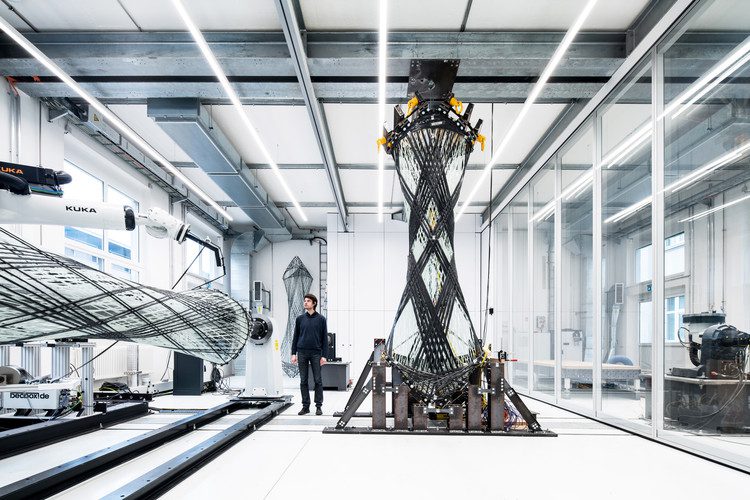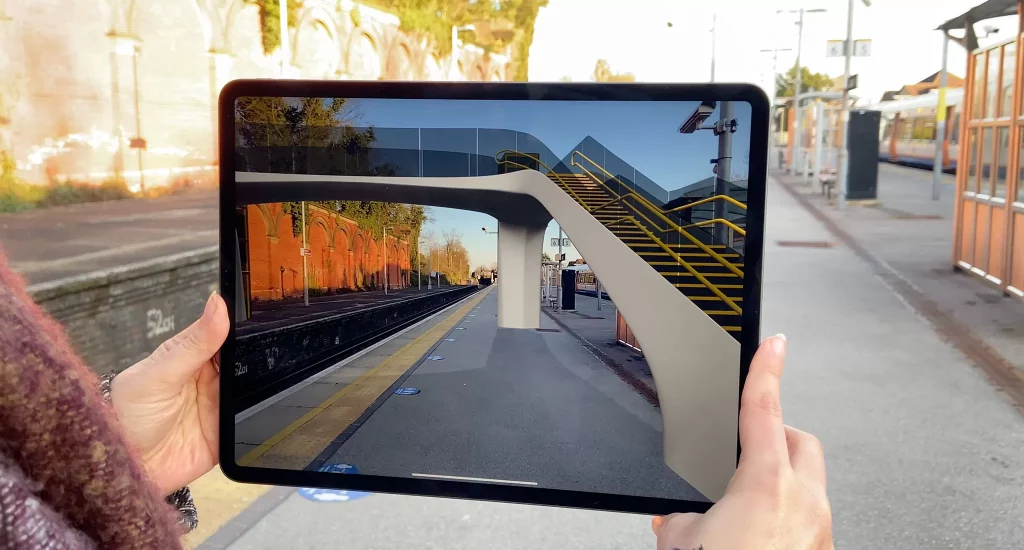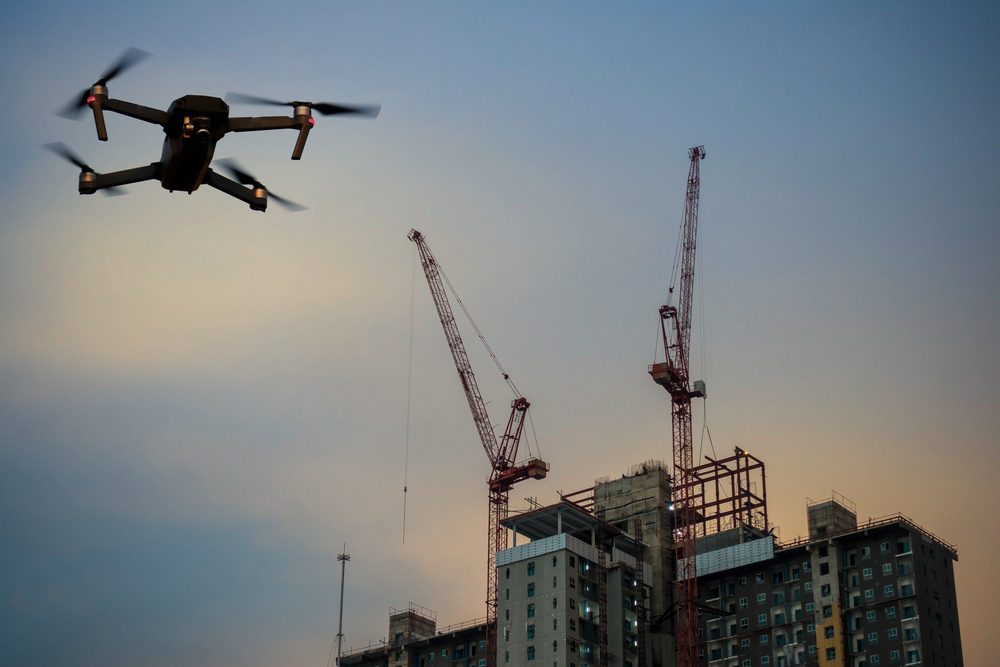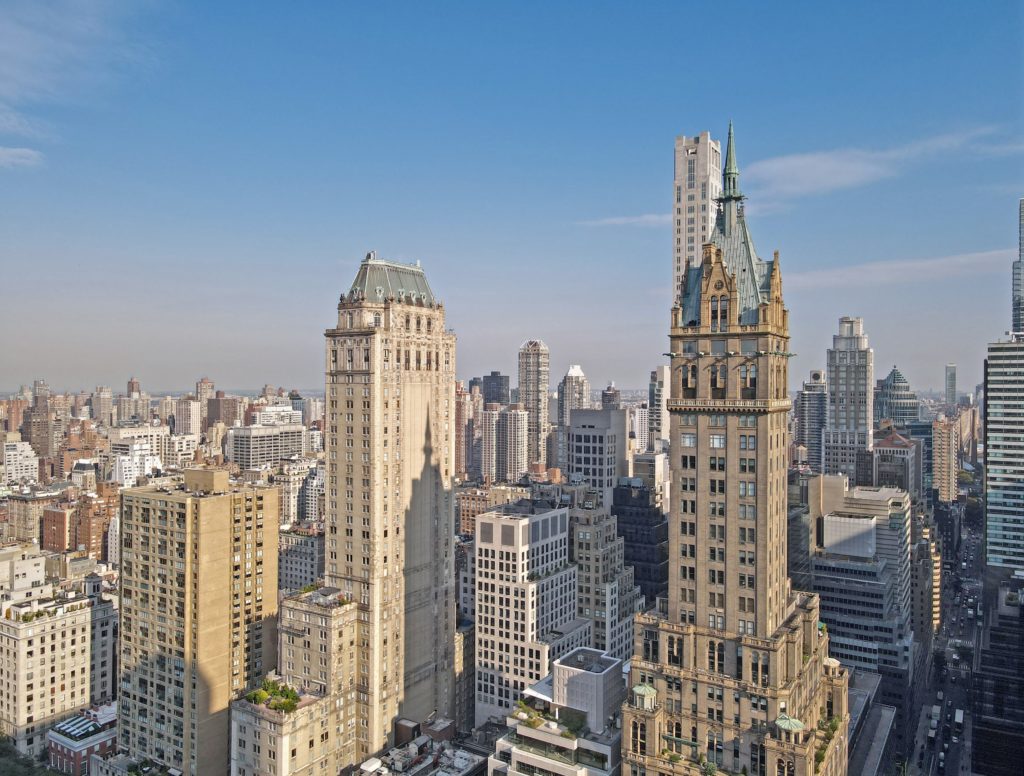HLZAE Tech Talk
February 23, 2022
Featuring Cesar Herrera, IT Specialist
Artificial Intelligence & Architecture
Q: What’s a regular day like in the IT world at HLZAE?
A: No two days are the same. Half of the time is spent firefighting technical issues such as VPN disconnections, data not syncing properly, and password resets. Solving these problems are usually small, quick wins that coworkers really appreciate. I used to work on a trading floor that felt like a war zone compared to HLZAE. If traders were yelling your name for help, it meant you were good at your job, a very fast paced environment. The staff at HLZAE is usually calm and patient with tech issues, and very appreciative of the assistance they receive.
The other half is spent trying to create tech solutions with the intention to make day-to-day operations simpler. Most of the time this works out and saves time and resources on repetitive tasks. My ideal day usually entails staring at lots of data on a screen and transforming it into something meaningful, with loads of coffee breaks. People usually come to me with a mundane redundant task and ask if it can be automated… Anything can be automated once I’m around!
Q: What are your thoughts on Artificial Intelligence (AI) being used in Architecture?
A: AI is a combination of linear algebra and stats in a black box. Feed it lots of data, and hopefully get some good insight. I don’t see it impacting day-to-day tasks in Architecture. AI could help identify easy aesthetic issues in photos that any human can catch. Example: This photo has a vertical cracked brick, this photo does not. Trying to use AI to consistently find the root cause of a leak is a tough sell from photos. I think it has more potential in proactive building care. Computer models can predict areas of concern based on weather, material science, structure, building usage, and other data points. The results would need tons of data to ingest and should be observed with a grain/pound of salt. This would still need to be interpreted by an expert for a final report or recommendation.

Q: What do you know about the metaverse? How do you feel about it as far as at the architectural world is concerned?
A: Metaverse is like the matrix, mostly with the visual senses. It is an augmented reality that puts a digital world into a 3D perspective. Originally, data communication started with voice over telephone lines. Then progressed to digital communication with video and chat communication. The metaverse would introduce a 3D space for social interactions between people. In terms of professional work, the concept sounds great to explore a building in 3D space, but the application wouldn’t change our industry much. For interior work, it can show the finished product before any work is done but for any exteriors dealing with building maintenance, it’s a hard sell.

Q: Could AI replace architects?
A: Technology replacing jobs is a scary thought. During the robotic revolution, we saw thousands of automobile manufacture jobs replaced with machines. When your car has an issue you can’t fix, do you take it to a machine or a mechanic? We still need specialists with the experience to diagnose the root cause of a problem. AI would be another tool in the arsenal to analyze and save time when looking at lots of data. There is a lot of work outside the technology/computer space that AI cannot replace, but if AI could replace Architects, we wouldn’t have an issue rebranding HLZAE to HLZAi… (okay, bad joke.)
Q: What are some of the latest technologies HLZAE is using?
A: We continue to look for data driven opportunities to improve business processes and find business opportunities. Over time, HLZAE has accumulated thousands of data points from projects and proposals. Linked with data available on the Internet, we have computers to prepopulate documents, generate reports, and assist with client outreach. As operation or legal requirements change overtime, we can adapt to produce additional data points to help reach out to potential clients on a large scale. Despite all this automation and technology, the best method for getting clients onboard is in-person interaction.
An attractive technology we have been playing with is point cloud. Point cloud uses a 3D model to move and examine different perspectives in the model space. It is like flying around google earth, viewing the building Façade. With detailed photos taken on site this has a lot of focus for scoping the exterior of a building. It is exciting to show this to people. With a VR headset, it can be a mini-metaverse.

Q: Where do you see HLZAE 15 years from now?
A: A city where we can use drones and robots and not have any legal, social, and economic hoops to jump through would be interesting. Laws and policies are currently changing to allow the usage of drones, which can easily be used to scope a building exterior. I think after this is widely accepted and drones have more power, people will start attaching other things to drones. 3D printers are currently building ugly basic mortar homes. If you attach a 3D printer and tools to drones, it could make simple fixes on the spot.

At HLZAE, we always strive to be on the cutting edge of technology to ensure we are giving our clients the best possible service and most accurate solutions. Our goal is to consistently provide our clients an accurate analysis of building systems and structural conditions.
Recommended Articles
Sorry, we couldn't find any posts. Please try a different search.